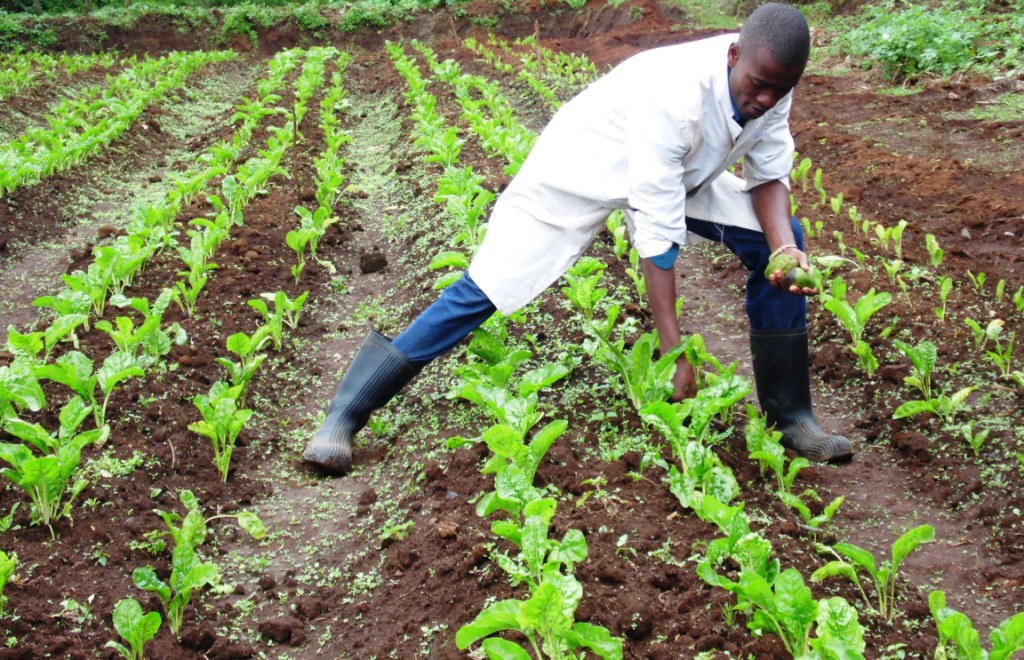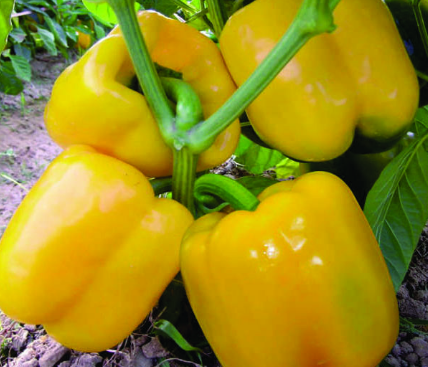
Nathan Mala tends to his spinaches at his farm at Nyambari, Kimbu County in 2016. He makes more money by sellign the spinach in bundles to groceries. Photo by Laban Robert.
In avoiding market middlemen, who eat into the profits, one Kiambu County spinach farmer is making more money from searching and delivering the vegetable on his own to the Nairobi City market.
Nathan Mala makes about Sh500 more from a sack of 50kg after delivering the spinach to specific Nairobi city groceries.
Middlemen go round farms in his locality of Nyambari, which is along the Nairobi Nakuru Highway collecting vegetables for sale to Nairobi, Mombasa and other major towns.
A sack of spinach weighing 50kg is bought at between Sh1,300 and Sh1,500, depending on the supply that day.
But for Mala, the spinach is bound into bundles, earning at least Sh2,000.
“Breaking it down into bundles enables me to sell it to various customers according to their desires. From one sack, I get 200 bundles, which fetch Sh100 each. Even after spending about Sh100 on each sack in transportation, I have a bigger margin of profits than those who sell to brokers,” he said.
From the more than 500 spinach plants, the farmers harvests at least three sacks after 10 days despite the dry spell that has spanning for more than three months.
READ ALSO: Irregular spinach growing offers farmer continued revenue
READ ALSO: Waste bottles are his farm
READ ALSO:Spinach gives 48kg per plant
The farm is connected to the Kiambu County water, which he uses for irrigation.
The ne acre piece of land is majorly covered by the spinach, a few sticks of kales-also known as sukuma wiki-, as well as an 8m by 30m green house.
The greenhouse currently hosts tomatoes.

















